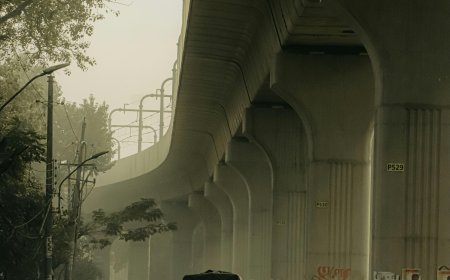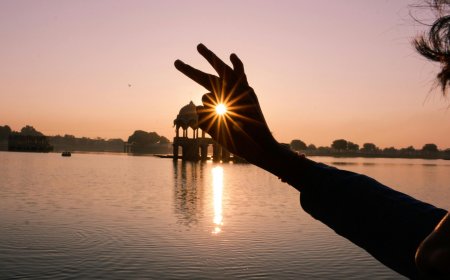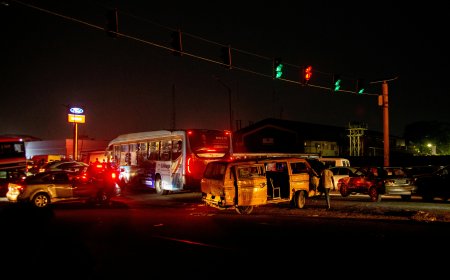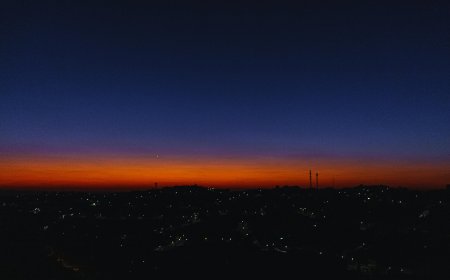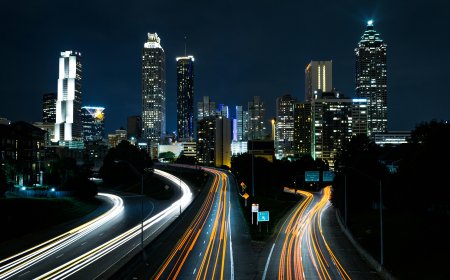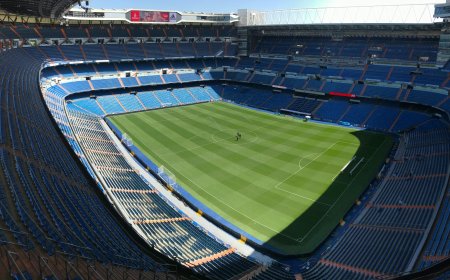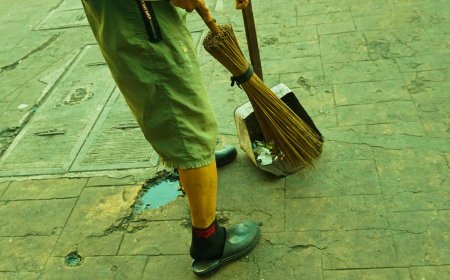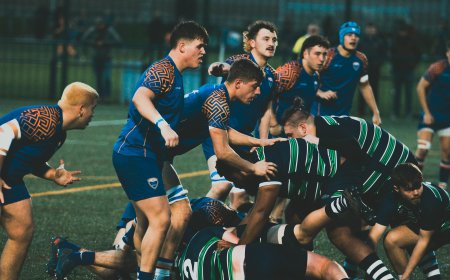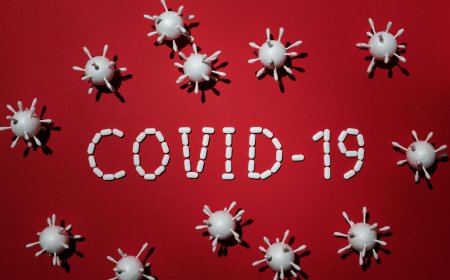Dhaka’s Traffic Nightmare: Can Bangladesh Finally Find a Way Out?
Stuck for hours in Dhaka traffic? Bangladesh’s gridlock crisis costs billions — but bold solutions could change the future of its roads
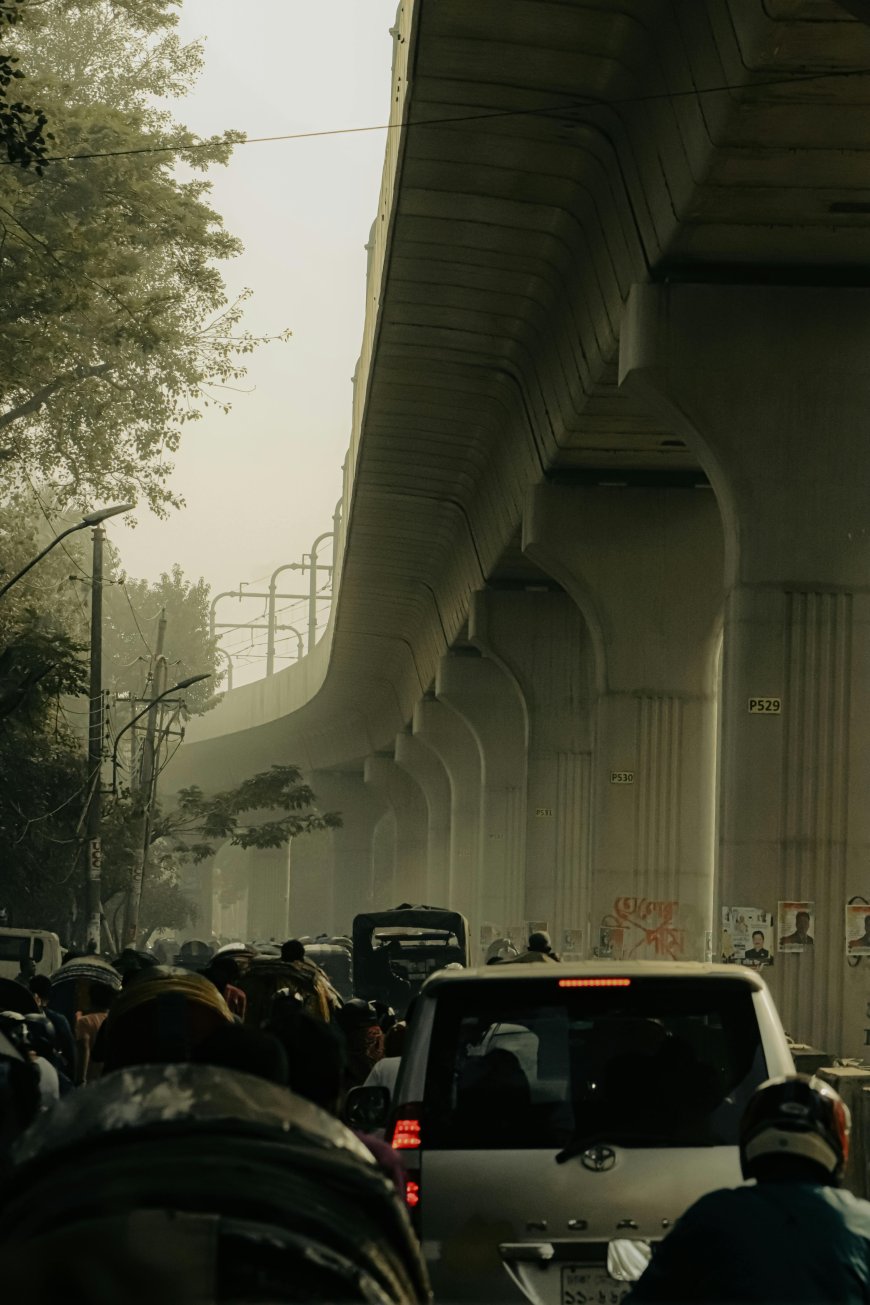
In Dhaka, Bangladesh’s bustling capital, time itself feels trapped in traffic. Commuters routinely spend hours crawling across just a few kilometers, missing school, work, and precious family time. The gridlock is so severe that it costs the nation billions of dollars in lost productivity every year.
But traffic isn’t just an inconvenience — it’s choking the city’s growth, fueling pollution, and testing the patience of 20 million people who call Dhaka home. The question is no longer whether Bangladesh needs a traffic solution. It’s how fast it can be delivered.
Why Dhaka Traffic Became a Global Infamous Problem
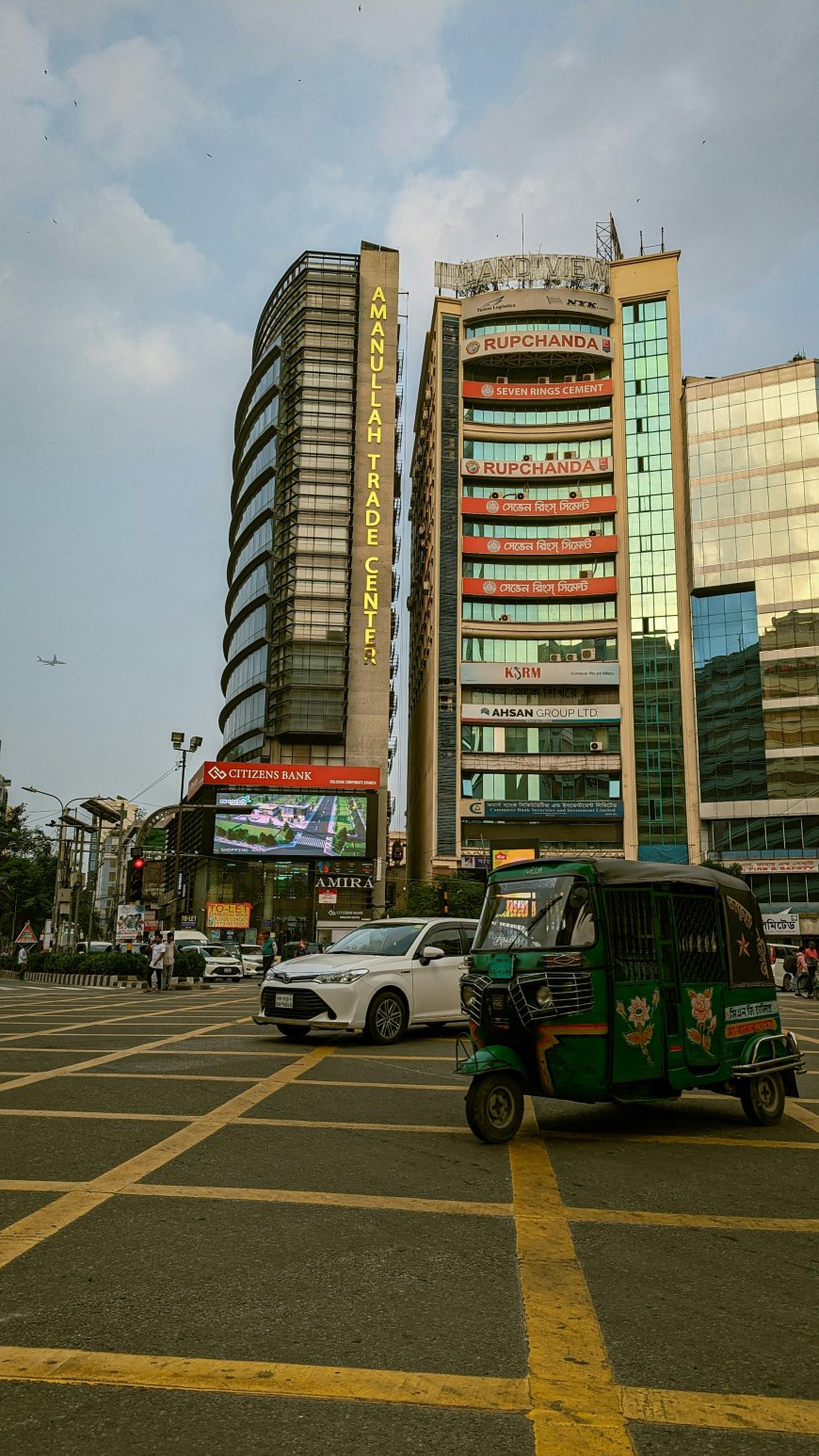
Dhaka consistently ranks among the world’s worst cities for traffic congestion. According to studies, the average driving speed in the city is barely 7 km/h — slower than a bicycle.
Core Causes of Gridlock:
-
Overpopulation: Dhaka is one of the fastest-growing megacities on Earth, adding 400,000 new residents each year.
-
Poor urban planning: Narrow roads, few parking facilities, and unplanned construction clog routes.
-
Public transport gaps: Buses are overcrowded, unreliable, and often unsafe.
-
Too many private cars & rickshaws: With limited regulation, both compete for the same narrow roads.
-
Weak enforcement: Traffic rules exist, but bribery, corruption, and poor monitoring undermine them.
The result? A city brought to a near standstill, day after day.
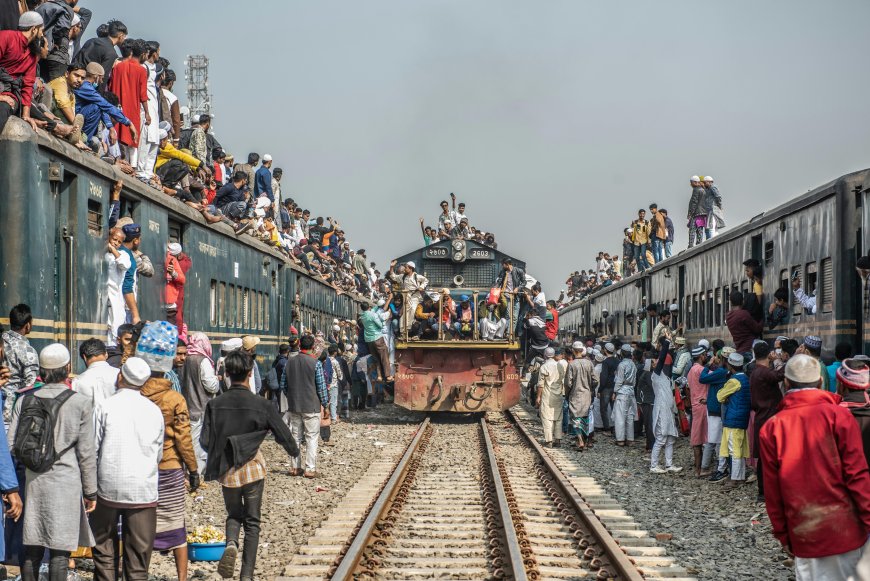
The Human Cost: Time, Money, and Sanity
For ordinary Dhaka residents, traffic isn’t a statistic — it’s a daily struggle.
-
Office workers leave before sunrise just to arrive on time.
-
Students lose study hours stuck in buses.
-
Families see less of each other because commuting steals their evenings.
Economically, the World Bank estimates Dhaka loses over $10 billion annually in productivity due to congestion. Pollution from idle cars makes the air among the most toxic in the world, worsening health crises like asthma and heart disease.
Government Efforts: What Has Been Tried So Far
To its credit, Bangladesh has not ignored the crisis. Several major projects are underway:
-
Metro Rail (MRT Line-6): A game-changing elevated rail system, the first phase opened in 2022. Once completed, it promises to carry 60,000 passengers per hour.
-
Bus Rapid Transit (BRT): Dedicated bus lanes designed to move large numbers efficiently.
-
Flyovers & Expressways: Dhaka has built multiple flyovers, with more under construction.
-
Digital Traffic Management: Cameras and smart signals are slowly being introduced.
But progress has been slow, and construction itself often worsens congestion in the short term.
Bold Solutions: What Could Actually Work?
Experts argue that Dhaka needs a holistic approach, not just piecemeal fixes.
🚇 1. Mass Transit Expansion
-
Rapidly expand metro and BRT systems.
-
Subsidize fares to encourage people to leave private cars.
-
Integrate buses, trains, and rickshaws under one digital ticketing system.
🚦 2. Smart Traffic Management
-
AI-powered traffic lights to ease flow.
-
Real-time traffic apps connected to GPS data.
-
Strict digital monitoring of violations to reduce corruption.
🛑 3. Limit Private Cars & Rickshaws
-
Implement congestion pricing (fees for entering city centers).
-
Restrict new car registrations in Dhaka.
-
Provide designated rickshaw lanes to reduce road conflicts.
🌱 4. Invest in Walkability & Cycling
-
Safe sidewalks and bike lanes can cut short-distance car trips.
-
Encourage electric rickshaws and shared bicycles.
🏙 5. Decentralization of Dhaka
Ultimately, the traffic nightmare is fueled by over-centralization. Nearly everything — government, education, healthcare, jobs — is centered in Dhaka. Building secondary cities with strong infrastructure could reduce migration pressure.
A Glimpse of Hope: Stories from the Ground
Take Rafiq, a private driver who spends 10 hours a day navigating Dhaka’s roads. For him, the opening of the Metro Rail has already cut some trips by half.
“I used to wait three hours in traffic from Uttara to Motijheel. Now passengers use the metro — I only drive short distances,” he says.
For thousands like him, even small improvements mean life-changing relief.
Lessons from Other Mega-Cities
Bangladesh is not the first to face gridlock. Cities like Jakarta, Manila, and Bangkok have fought similar wars:
-
Jakarta introduced a massive metro system and odd-even car rules.
-
Singapore pioneered congestion pricing, drastically reducing traffic.
-
Tokyo invested in world-class public transit and banned rickshaws from main roads.
Dhaka can learn from these models while tailoring solutions to its own needs.
The Clock Is Ticking
If no bold action is taken, Dhaka could face complete gridlock within the next decade. Productivity losses will skyrocket, health costs will soar, and frustration could boil over into social unrest.
But with the right mix of infrastructure, innovation, and enforcement, Bangladesh can turn its traffic nightmare into a story of urban transformation.
Conclusion: Escaping the Gridlock Trap
Dhaka’s traffic crisis is not unsolvable. It is a human-made disaster, and therefore, it can be fixed with human will and smart planning. For Bangladesh to unlock its full potential, it must prioritize mobility — because no nation can grow if its people are trapped in endless jams.
The world is watching. Will Dhaka remain a global symbol of gridlock, or will it become an example of how even the toughest urban challenges can be overcome?
FAQs
1. How much time does Dhaka traffic waste daily?
On average, commuters lose 3–5 hours every day in traffic.
2. What is the government’s biggest traffic project right now?
The Dhaka Metro Rail (MRT Line-6), which aims to move 60,000 passengers per hour.
3. Why is Dhaka traffic so bad compared to other cities?
Overpopulation, weak planning, too many cars/rickshaws, and poor enforcement all collide.
4. Can banning rickshaws solve traffic?
Not entirely — they’re essential for short trips, but must be restricted to dedicated lanes.
5. What long-term solution could work best?
Decentralizing Dhaka by developing secondary cities, alongside expanding public transport.
What's Your Reaction?
 Like
1
Like
1
 Dislike
0
Dislike
0
 Love
0
Love
0
 Funny
0
Funny
0
 Angry
0
Angry
0
 Sad
0
Sad
0
 Wow
0
Wow
0




